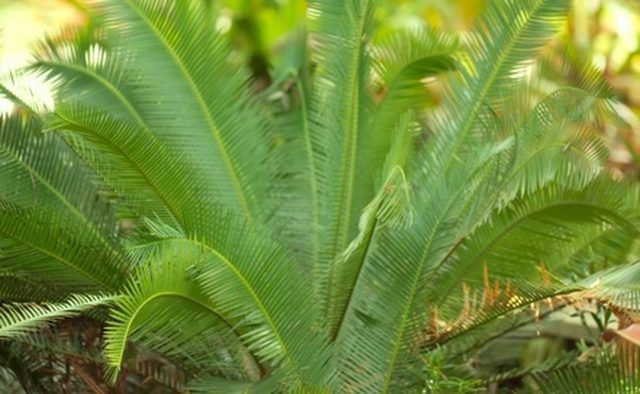Bulbs
Flower Basics
Flower Beds & Specialty Gardens
Flower Garden
Garden Furniture
Garden Gnomes
Garden Seeds
Garden Sheds
Garden Statues
Garden Tools & Supplies
Gardening Basics
Green & Organic
Groundcovers & Vines
Growing Annuals
Growing Basil
Growing Beans
Growing Berries
Growing Blueberries
Growing Cactus
Growing Corn
Growing Cotton
Growing Edibles
Growing Flowers
Growing Garlic
Growing Grapes
Growing Grass
Growing Herbs
Growing Jasmine
Growing Mint
Growing Mushrooms
Orchids
Growing Peanuts
Growing Perennials
Growing Plants
Growing Rosemary
Growing Roses
Growing Strawberries
Growing Sunflowers
Growing Thyme
Growing Tomatoes
Growing Tulips
Growing Vegetables
Herb Basics
Herb Garden
Indoor Growing
Landscaping Basics
Landscaping Patios
Landscaping Plants
Landscaping Shrubs
Landscaping Trees
Landscaping Walks & Pathways
Lawn Basics
Lawn Maintenance
Lawn Mowers
Lawn Ornaments
Lawn Planting
Lawn Tools
Outdoor Growing
Overall Landscape Planning
Pests, Weeds & Problems
Plant Basics
Rock Garden
Rose Garden
Shrubs
Soil
Specialty Gardens
Trees
Vegetable Garden
Yard Maintenance
How to Fertilize a Sago Palm
How to Fertilize a Sago Palm. The sago palm---scientifically known as Cycas revoluta, and also called the Japanese sago palm---features a crown of feathery fronds that growl in an attractive whorl from a rugged-looking trunk. These fascinating plants are not palms at all, but are really cycads---relatives of conifer and gingko trees---and have...

The sago palm---scientifically known as Cycas revoluta, and also called the Japanese sago palm---features a crown of feathery fronds that growl in an attractive whorl from a rugged-looking trunk. These fascinating plants are not palms at all, but are really cycads---relatives of conifer and gingko trees---and have changed little in the 200 million years since the Mesozoic era. Sago palms, which rarely exceed 10 feet tall, flourish in Georgia and Florida, where they add lush tropical accents to yards and landscapes. These hardy plants grow with little difficulty; they do, however need to be properly fertilized. By following some basic guidelines for fertilizing your sago palm, you can help it thrive.
Things You'll Need
Slow-release granular palm fertilizer with an 18-6-8 NPK formulation
Spray mister
Manganese sulfate
Soil testing kit (optional)
Feed your sago palm with a commercial slow-release granular fertilizer specifically formulated for palm trees in March, May, July and September. According to Tom Broome, president of the Cycad Society, a high-nitrogen formulation of 18-6-8 NPK is effective. The fertilizer must also contain the "minor elements"---such as iron, zinc, manganese, and magnesium---that cycads need to thrive.
Watch for "frizzle top," yellowing upper leaves or crown that are clear evidence of a manganese deficiency. Spray the leaves with a solution of one teaspoon of manganese sulfate per gallon of water.
Repeat the manganese treatment in one month, then spray again the following month.
Have a soil pH test performed to check the soil if your sago palm continues to develop deficiencies. Soil should be neutral---between 6.5 to 7.0; acidic soil makes sago palms more susceptible to problems absorbing nutrients, and leads to deficiencies. You can test the soil yourself, using a kit, or take a sample to your local county extension office for testing. Follow the recommendations for correcting soil pH.
Watch for yellowing of leaves, a sign not only of frizzle top but also an indication that your sago palm has may be over-fertilized. Fertilize your sago palm no more than four times a year, using amounts recommended on the label, and remove yellowing and browning fronds with a sharp pruning shears. New ones will emerge.
Watch for orange spots on the leaves, a sign of potassium deficiency. Correct by feeding with palm fertilizer.
Tips & Warnings
The bright orange seeds of the sago palm are extremely toxic, and can be fatal to pets and children.